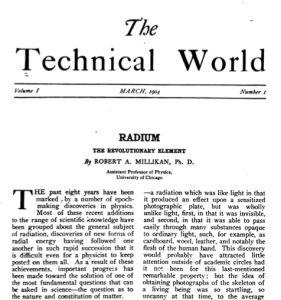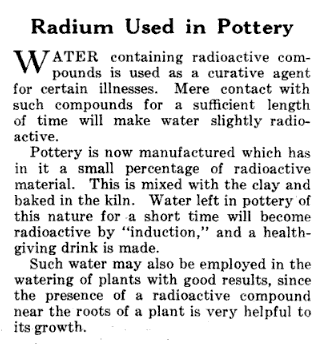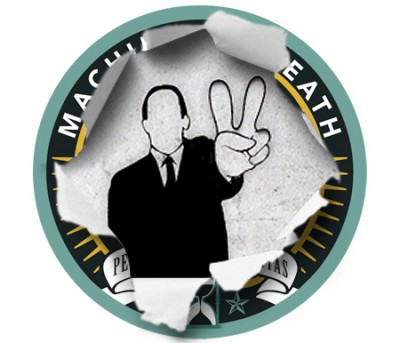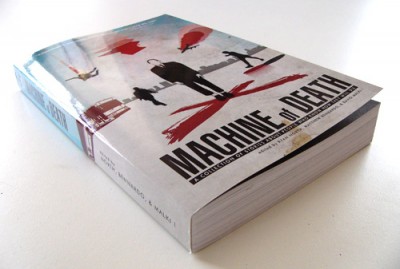
Thanks so much to those who came out to the Ann Arbor talk on Wednesday! Especial thanks to Eli, Matt, and Shirley of the Ann Arbor District Library for making the trip totally smooth; Kelly and Mike for kind hospitality; Nealie and Flex for incredible graciousness (they took me to the Henry Ford Museum! I took pictures of steam gauges!!) and everyone I’ve met in Michigan this week. I have many thanks to extend for the Dearborn trip as well (Morgan, Becca, Arica, Vicky, Hannah, et al) but let’s leave it at, if you think you ought to be thanked, you are.
I am in Charlotte now for Heroes Con! It’s all this weekend at the Charlotte Convention Center! How about that!
ANYWAY. I came across this article tonight in a 1904 issue of a magazine called Technical World. It’s a really interesting piece about the discovery and properties of X-rays and radioactivity, but these few paragraphs in particular caught my eye:
…[Radioactive] complex molecules are continually disintegrating into simpler ones, and in so doing are setting free the energy that was originally put into them when the processes of life first built them up into their complex forms…
[This energy is] enormously greater than the energies involved in any of the ordinary chemical transformations. The disintegration of a gram of uranium…sets free at least a million times as much energy as that represented in any known chemical change taking place with a gram weight of any compound substance.
The experiments of the last eight years have marked a most notable advance in science, in that they have proven the existence of this immense store of sub-atomic energy. It seems highly improbable, however, that this energy can ever be utilized on the earth to serve man’s economic needs.
…Radium may possibly prove to be of some practical value in the cure of disease, although it is too early yet to assert even this with assurance.
Nailed it.
BONUS: Another mention of radium in Popular Science, 1921:

I guess that’s one way to get a “natural, healthy glow.”









